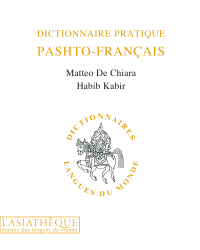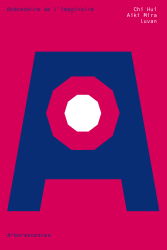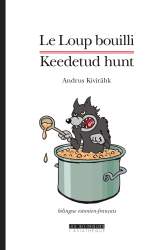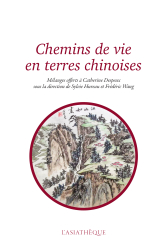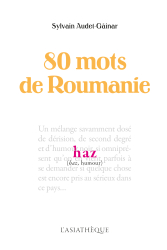Les Sapèques d’or
Jeux divinatoires inspirés du yljing
For the Chinese, divination is a way to order their lives in conformity with the laws of the universe. The eight signs of the zodiac allow practitioners to know who they are, and thus constitute the touchstone of all divination. However, when the time comes to make a decision or to embark on a project, a simple horoscope does not suffice. Other methods must be used, such as the casting of five or six coins, sapèques, and the reading of the future from the pattern of the coins as they land. Jean-Michel de Kermadec explains these methods in his book, referring to oracular Chinese texts and aiming to uncover their true significance and the spirit in which they were written.
CONTRIBUTORS' BIOGRAPHIES
Jean-Michel de Kermadec
Jean-Michel de Kermadec was secretary to Father Teilhard de Chardin and professor at Aurore University in Shanghai.
TABLE OF CONTENTS
REMERCIEMENTS (THANKS)
INTRODUCTION GENERALE (GENERAL INTRODUCTION)
PREMIÈRE PARTIE (PART ONE)
Les Trente-deux pentagrammes ou la divination par les cinq sapèques d'or (The Thirty-two Pentagrams or Divination by the Five Golden Sapèques)
Introduction
Liste des pentagrammes (List of pentagrams)
Table permettant de déterminer le pentagramme correspondant à chaque jet de sapèques (Table for determining the pentagram corresponding to each jet of sapèques)
Les trente-deux pentagrammes (The thirty-two pentagrams)
DEUXIÈME PARTIE (PART TWO)
Les soixante-quatre hexagrammes ou la divination par les six sapèques d'or (The sixty-four hexagrams or divination by the six golden sapèques)
Introduction
Concordance entre les numéros d'ordre des hexagrammes utilisés dans cet ouvrage et dans Le Livre des Mutations (Concordance between the serial numbers of the hexagrams used in this work and in The Book of Mutations)
Les soixante-quatre hexagrammes ou la divination par les six sapèques d'or (The sixty-four hexagrams or divination by the six golden sapèques)
NOTES (NOTES)






